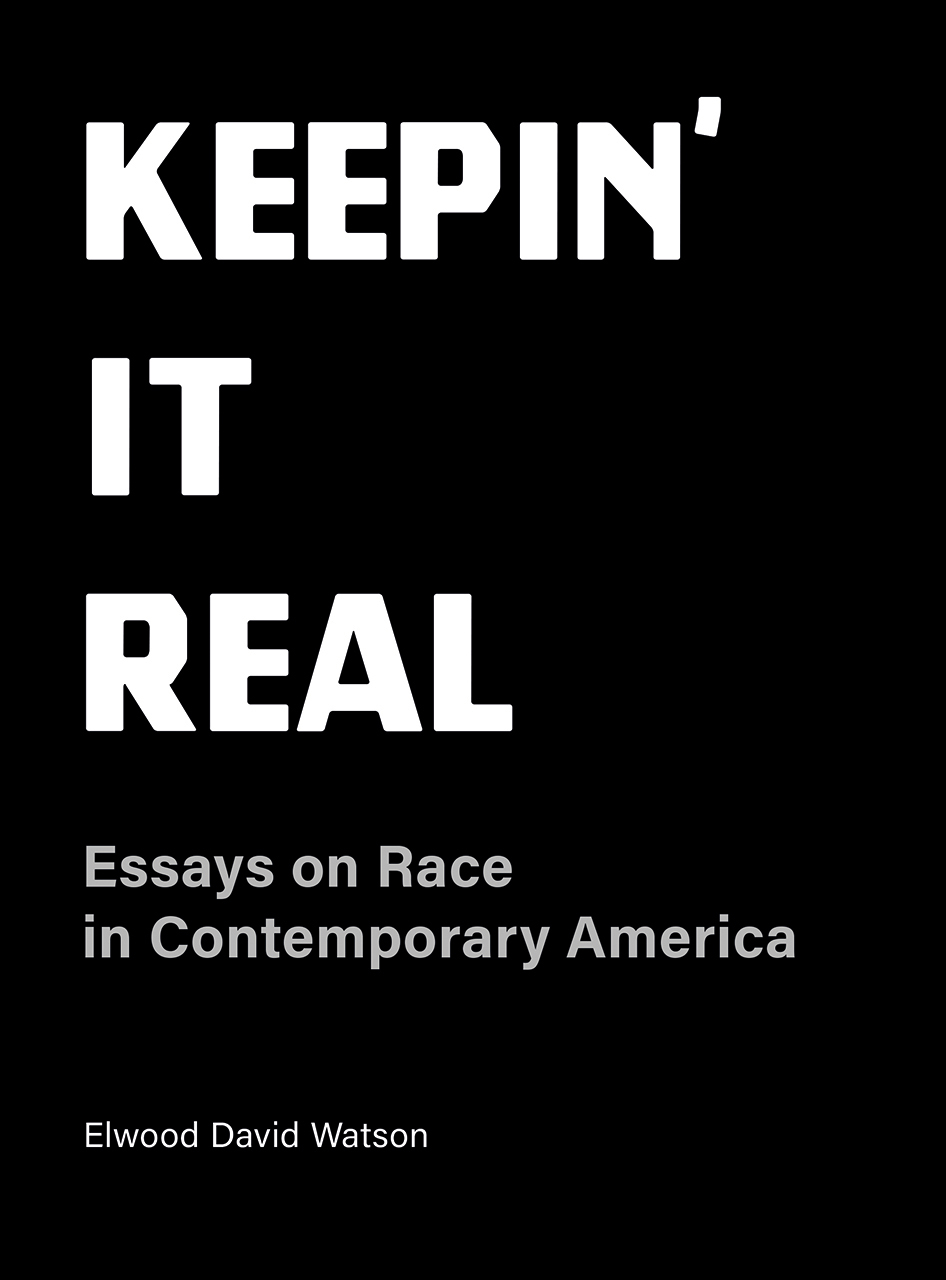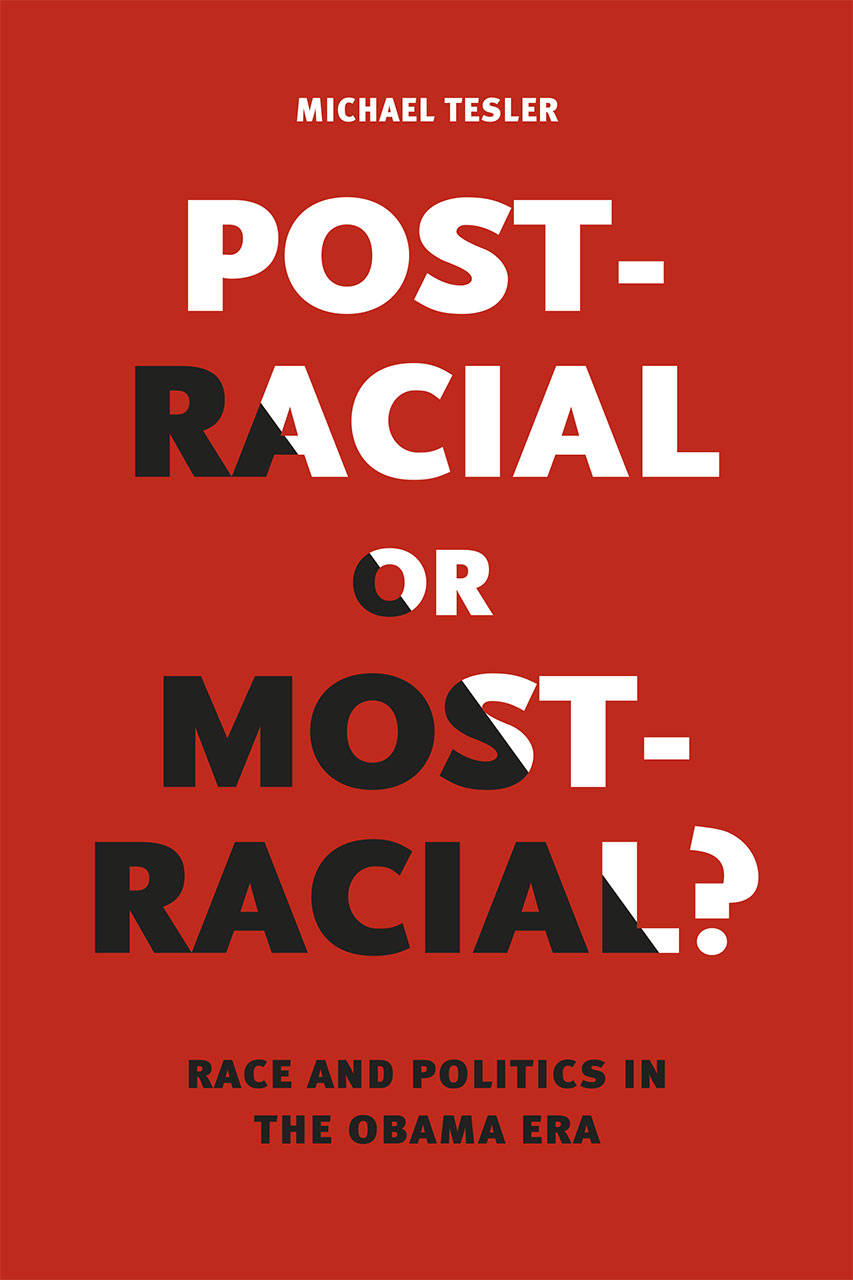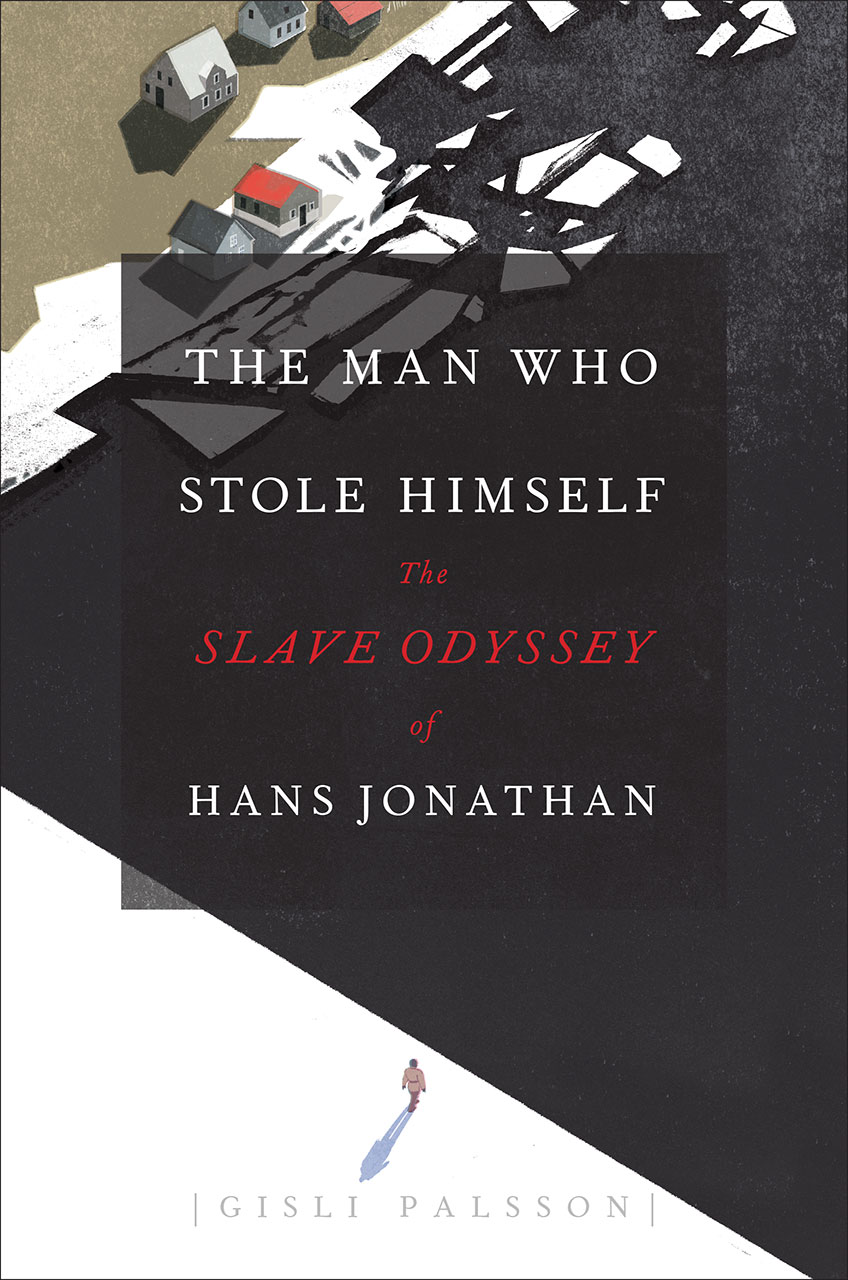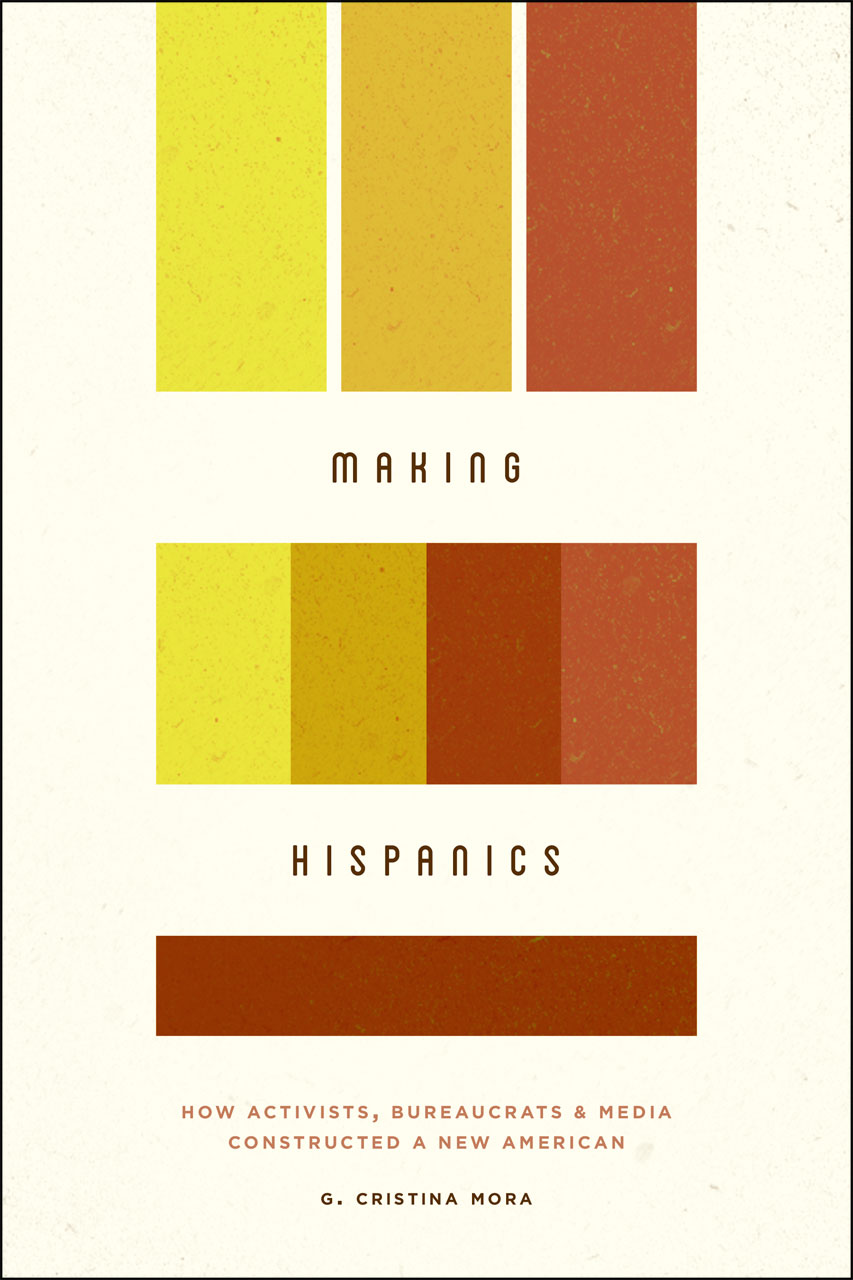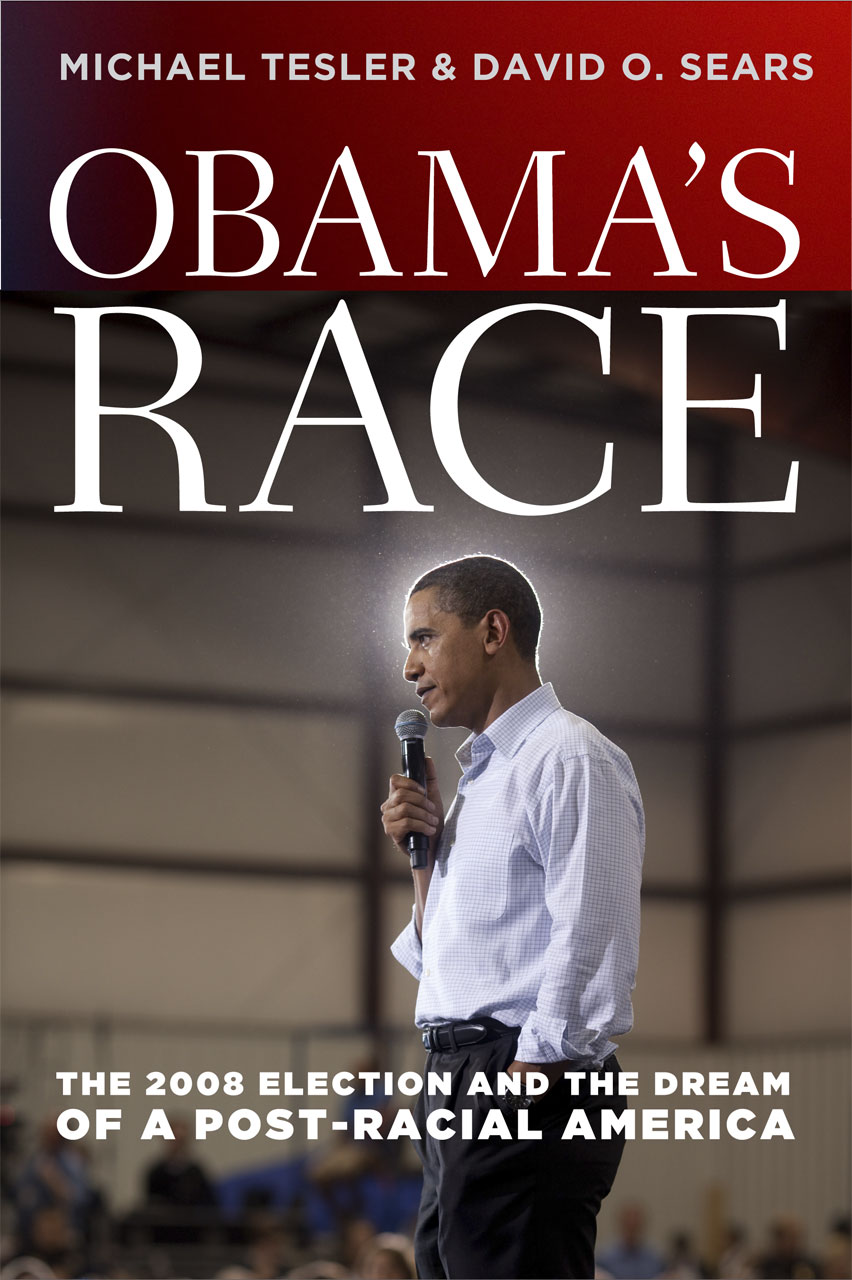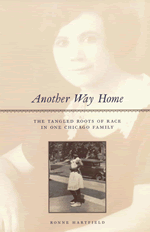Keepin’ It Real: Essays on Race in Contemporary AmericaPosted in Barack Obama, Books, Media Archive, Monographs, Politics/Public Policy, Social Justice, United States on 2020-02-14 16:06Z by Steven |
Keepin’ It Real: Essays on Race in Contemporary America
University of Chicago Press
2019-10-25
140 pages
6 x 0.7 x 9 inches
Paperback ISBN: 9781789380507
Elwood David Watson, Professor of History, African American Studies, and Gender Studies
East Tennessee State University, Johnson City, Tennessee
The past decade has been one of the most racially turbulent periods in the modern era, as the complicated breakthrough of the Obama presidency gave way to the racially charged campaigning and eventual governing of Donald Trump. Keepin’ It Real presents a wide-ranging group of essays that take on key aspects of the current landscape surrounding racial issues in America, including the place of the Obamas, the rise of the alt-right and White nationalism, Donald Trump, Colin Kaepernick and the backlash against his protests, Black Lives Matter, sexual politics in the black community, and much more.
America’s racial problems aren’t going away any time soon. Keepin’ It Real will serve as a marker of the arguments we’re having right now, and an argument for the changes we need to make to become the better nation we’ve long imagined ourselves to be.
